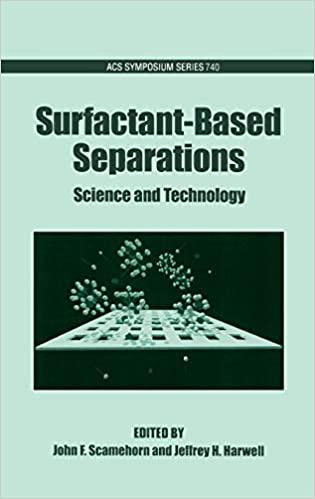Answered step by step
Verified Expert Solution
Question
1 Approved Answer
P4-88 Troubleshooting (a) A liquid-phase isomerization A B is carried out in a 1000-gal CSTR that has a single impeller located halfway down the reactor.

P4-88 Troubleshooting (a) A liquid-phase isomerization A B is carried out in a 1000-gal CSTR that has a single impeller located halfway down the reactor. The liquid enters at the top of the reactor and exits at the bottom. The reac- tion is second order. Experimental data taken in a batch reactor predicted the CSTR conversion should be 50%. However, the conversion measured in the actual CSTR was 57%. Suggest reasons for the discrepancy and suggest something that would give closer agreement between the pre- dicted and measured conversions. Back your suggestions with calcula- tions. P.S. It was raining that day. (b) The first-order gas-phase isomerization reaction B with k = 5 min is to be carried out in a tubular reactor. For a feed of pure A of 5 dm /min, the expected conversion in a PFR is 63.2%. However, when the reactor was put in operation, the conversion was only 58.6%. We should note that the straight tubular reactor would not fit in the available space. One engineer suggested that the reactor be cut in half and the two reac- tors be put side by side with equal feed to each. However, the chief engi- neer overrode this suggestion saying the tubular reactor had to be one piece so he bent the reactor in a U shape. The bend was not a good one. Brainstorm and make a list of things that could cause this off-design specification. Choose the most logical explanation/model, and carry out a calculation to show quantitatively that with your model the conversion is 58.6%. (An Ans: 57% of the total) (c) The liquid-phase reaction AB was carried out in a CSTR. For an entering concentration of 2 mol/dm'. the conversion was 40%. For the same reactor volume and entering con- ditions as the CSTR, the expected PFR conversion is 48.6%. However, the PFR conversion was amazingly 50% exactly. Brainstorm reasons for the disparity. Quantitatively show how these conversions came about (i.e., the expected conversion and the actual conversion). (d) The gas-phase reaction A+B - C + D is carried out in a packed bed reactor. When the particle size was decreased by 15%, the conversion remained unchanged. When the parti- cle size was decreased by 20%, the conversion decreased. When the orig- inal particle size was increased by 15%, the conversion also decreased. In all cases, the temperature, the total catalyst weight, and all other condi- tions remained unchanged. What's going on here
Step by Step Solution
There are 3 Steps involved in it
Step: 1

Get Instant Access to Expert-Tailored Solutions
See step-by-step solutions with expert insights and AI powered tools for academic success
Step: 2

Step: 3

Ace Your Homework with AI
Get the answers you need in no time with our AI-driven, step-by-step assistance
Get Started


